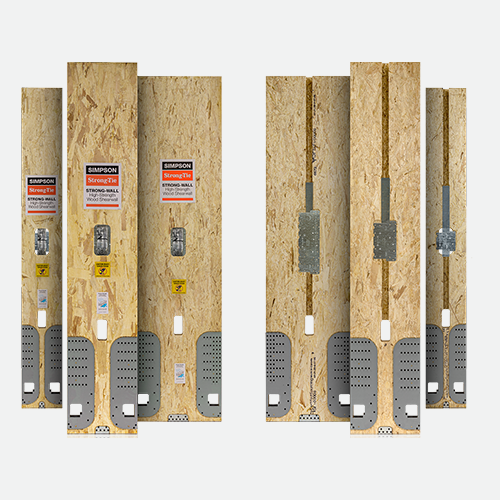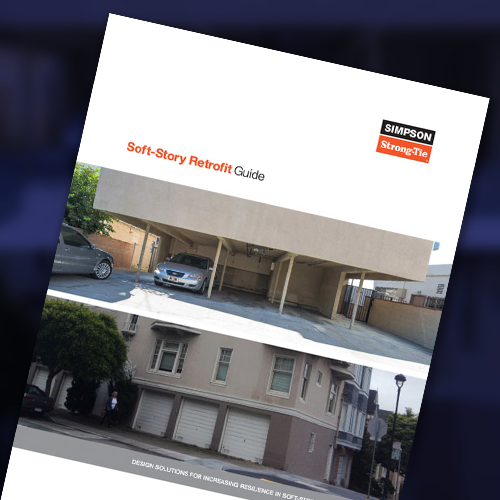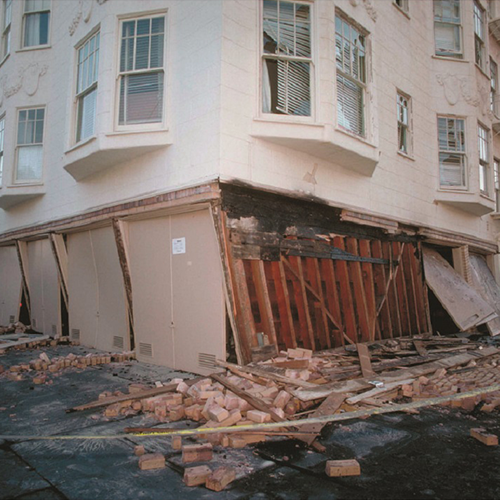

Soft-Story Retrofits for Building Resiliency
Retrofit Products, Guide, and Resources
Soft-story structures, popular on the West Coast, are typically multi-story residential buildings built above a ground-level garage, tuck-under parking garage or a storefront. Their mixed use design often means wider openings and fewer partition walls on the first story than on the upper stories, leaving soft-story buildings structurally vulnerable in the event of a major earthquake. During the 1971 San Fernando, 1989 Loma Prieta and 1994 Northridge earthquakes, soft-story buildings sustained major damage or collapsed entirely.
Bring strength back to your soft-story structures
The soft-story retrofitting process may seem complicated, but we have provided information for each step along the way. Whether you are a building owner, engineer, architect, contractor or inspector, we have useful information to help you navigate your soft-story retrofit from the beginning stage of receiving a mandate letter to the latter stage of implementing a soft-story retrofit solution.
Watch our videos on the importance of soft-story retrofits.
Watch our videos on the importance of soft-story retrofits.
Five Steps of the Soft-Story Retrofit
1. Understanding Mandates
Depending on your location, the mandates differ according to what has been approved by the city building department. Learning about each city's mandate will help you understand the role that you need to play in strengthening building resiliency.
2. Finding and partnering with retrofit providers
As an industry, we are all striving to learn best practices from our peers. We need to ensure that partners at each step of the process understand the building codes and requirements for soft-story retrofits.
3. Selecting Products
Simpson Strong-Tie has an extensive line of soft-story retrofit products that include Yield-Link® moment connections, Strong-Wall® shearwalls and a broad line of wood connectors and anchoring systems that can help reinforce your soft-story building against collapse. See our product page for more details about each product and how they work together to strengthen your building's resiliency.
4. Proper Installation
We design products that are easy to install but still meet stringent soft-story retrofit codes and regulations. The most important aspect of a soft-story retrofit for contractors is ensuring that the products are properly installed. Simpson Strong-Tie products are designed with ease of installation in mind, as well as how the installation process will affect building owners and tenants.
5. Inspection Criteria
When designing a soft-story retrofit, it is important to consider the Special Inspection Criteria to ensure that the designs meet the inspection criteria outlined by the various city building departments. Inspection plays an important role in building resiliency and in getting a retrofit process approved and completed.


